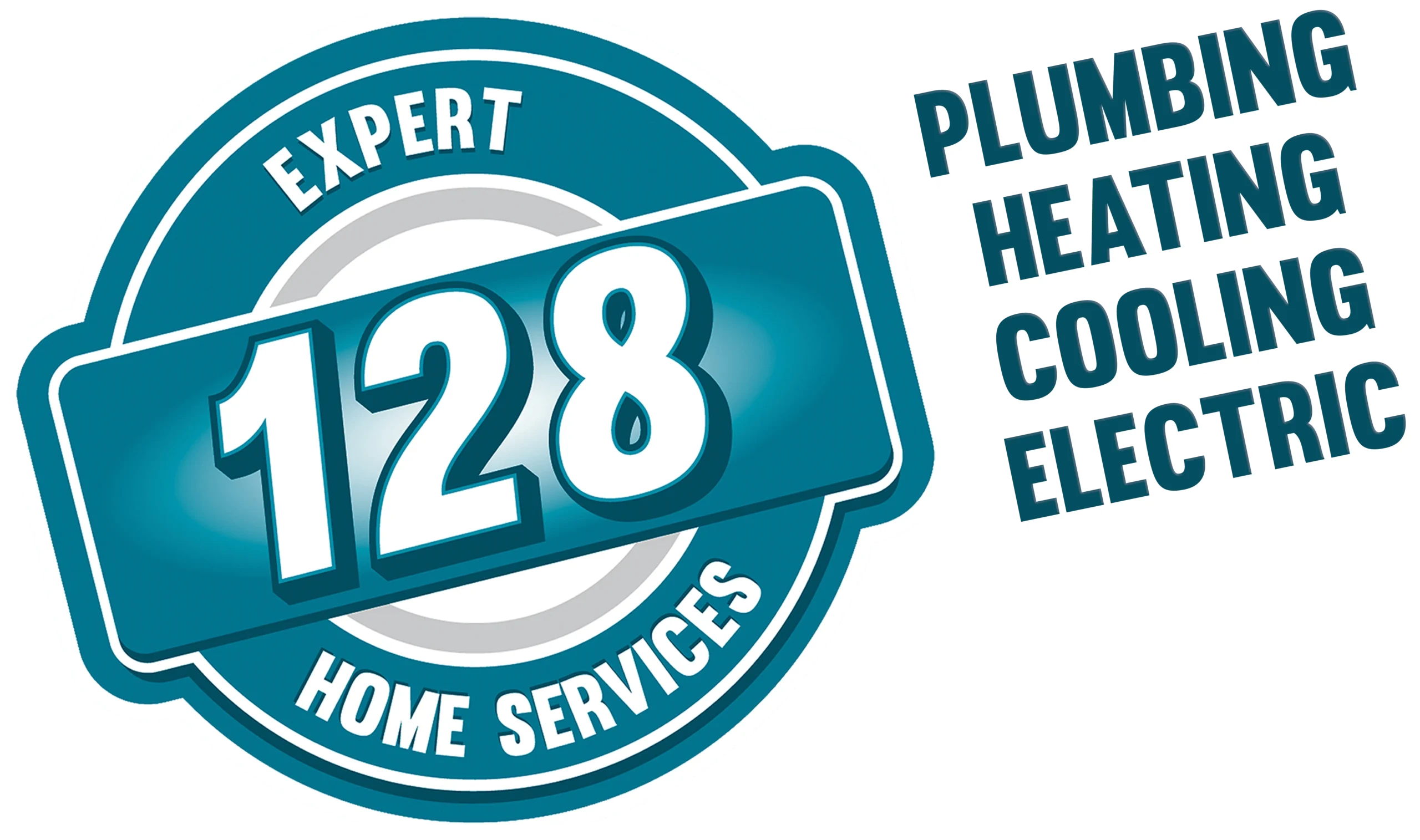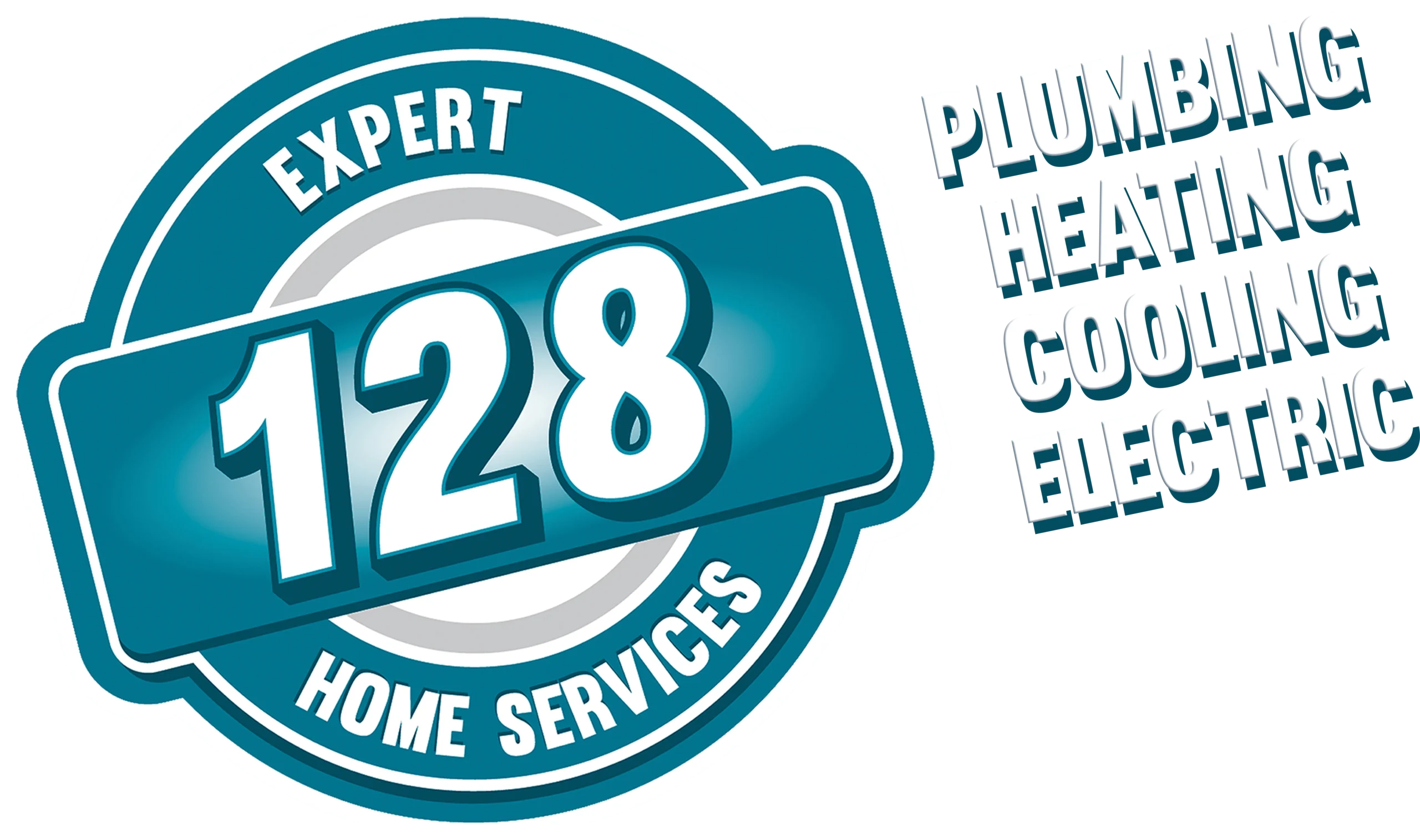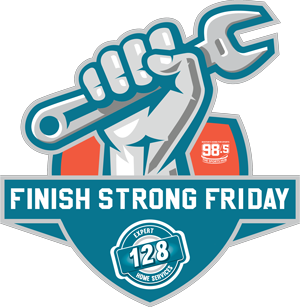 High-velocity heating and cooling systems have a reputation for being noisy, but velocity HVAC systems don’t have to be noisy. The level of sound created by these high-velocity systems is linked to the way these heating and cooling systems are installed.
High-velocity heating and cooling systems have a reputation for being noisy, but velocity HVAC systems don’t have to be noisy. The level of sound created by these high-velocity systems is linked to the way these heating and cooling systems are installed.
Components of a velocity HVAC system, such as sound attenuators, kinks in the heat tubing, and the number of outlets installed affect the noises you experience in your home when your velocity heating and cooling system operates.
Cutting Costs May Increase the Noise Level
It’s perfectly normal for homeowners to look for ways to cut costs when installing new high-velocity heating and cooling systems. However, sometimes, the use of cost-cutting solutions when installing one of these velocity systems are the very reasons they are noisy.
If having a quiet living space is your goal when installing a new HVAC system, you may find it worthwhile to invest in the ideal amount of sound attenuator tubing, the recommended number of outlets, and enough tubing to ensure there are no kinks.
Too Much to Move and Not Enough Tubing
When a high-velocity HVAC system is noisy, the noise is typically due to the fact that more air is being pushed through too few tubes. This can create a noisy, whooshing sound when velocity air conditioning systems and heat units are operating.
High-Velocity HVAC Systems Work Well in Older Structures
When you’re building a new house, it’s easy to have the home built with space to run the ductwork for a traditional heating and air-conditioning system. However, in an existing newer house or an older home, there may not be enough clearance to install traditional HVAC systems.
Noneed for a major remodel: This leaves homeowners considering velocity HVAC systems that distribute heating and air-conditioning through smaller tubing. The smaller velocity heating and cooling system tubing means owners don’t have to invest in remodeling work to create room for new ductwork.
No damage to a building’s authentic appearance: The fact that heated and cooled air is distributed through small tubing in this type of velocity HVAC system also makes it easier to transition to this type of heating and air conditioning source without sacrificing the original style of an older house. The openings of velocity tubing may be placed in areas of the room where they don’t detract from the appearance of the home.
Advantages of High-Velocity HVAC Systems
Homeowners have many good reasons to consider installing one of these high-velocity HVAC systems for heating and cooling. The advantages include a short turnaround time to get the velocity system operating, even distribution of heated and cooled air, and energy efficiency.
Less time to install a velocity HVAC system: Having one of these heating and cooling velocity units installed gets your heating system up and running quickly compared to installing a traditional heating unit. There’s no need to tear down a lot of the home’s existing ductwork with velocity HVAC systems or make room to install new ductwork for heating and cooling systems if none is there.
Even distribution of heated and cooled oxygen with a velocity HVAC system: When compared to a traditional heating system and cooling system, a high-velocity HVAC system distributes the conditioned ozone more evenly. That means you enjoy air that’s the temperature you choose no matter where you are in the house. In older systems, there are typically drafty spots, and even entire rooms, that are hotter or colder than the temperature you select at the thermostat.
Energy-efficient velocity HVAC systems: High-velocity heating and cooling systems have a well-earned reputation for energy efficiency. This comes from the way the tubing replaces the bulky ductwork in traditional heating and cooling systems. There’s less loss of heated or cooled air from the unit because it is distributed without a lot of heating leaking out before it reaches the rooms where you want to enjoy the heat or cold air.
Less moisture with velocity air-conditioning systems: Some high-velocity HVAC systems are designed to reduce the amount of moisture that circulates in the house, which adds to the comfort you enjoy when the furnace or air-conditioning is operating. Less moisture also means it costs a bit less to achieve the desired temperature in your home at a slightly lower cost due to using less energy.
Aspiration with a velocity HVAC system: With a velocity heating and cooling system, the warm or cool temperature you enjoy is generated by an aspiration system. The pressure from the furnace or air-conditioning system pushes the heating or cooling through the tubing with velocity. The velocity is what makes the unit seem loud if not enough tubing is used when the velocity system is installed.
If the velocity system seems noisy when delivering heat from the furnace or cooling from air-conditioning units, the velocity system typically needs more tubing installed to disperse the heat or cooling throughout the residence quietly.
At 128 Plumbing, our trained technicians are on hand to explain how these types of heat units function and to answer your questions about heating and cooling with a velocity HVAC system. If your velocity HVAC system is noisy, our experts are specially trained to offer a solution that eliminates the noisy issues you’re experiencing.
When you’re ready to discuss a noisy velocity HVAC unit with a pro, the heating and cooling specialists from 128 Plumbing are ready to serve your heating and cooling needs. Contact us today by calling (781) 670-3261 to speak with a pro right away. We also have a contact form available if you would like to request a consultation about your heating and cooling needs.


